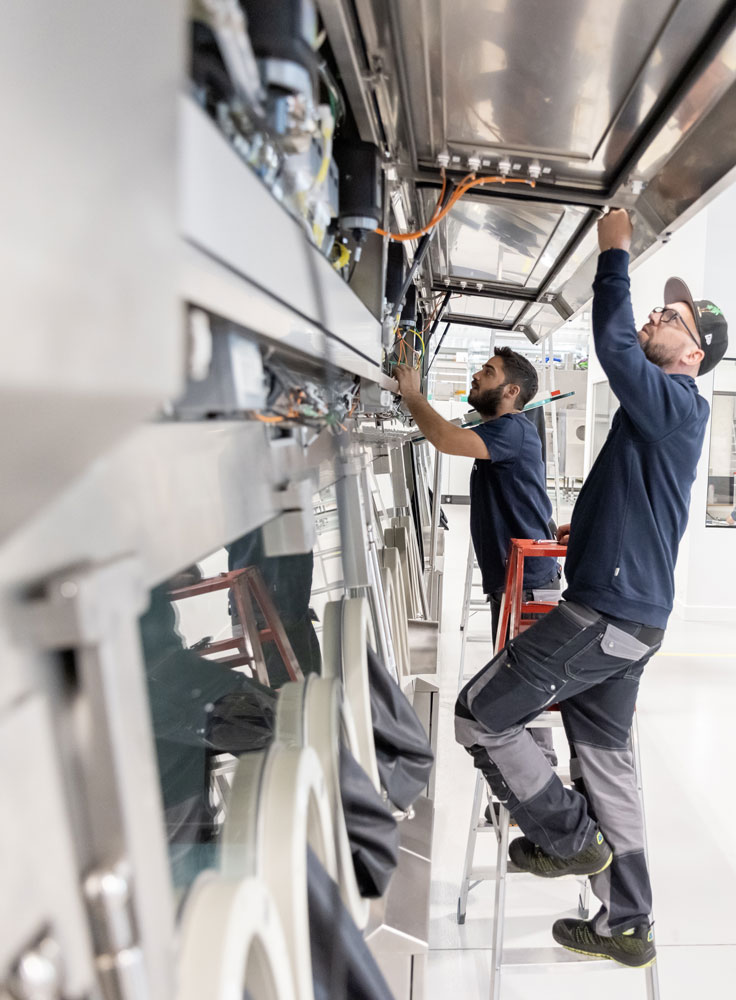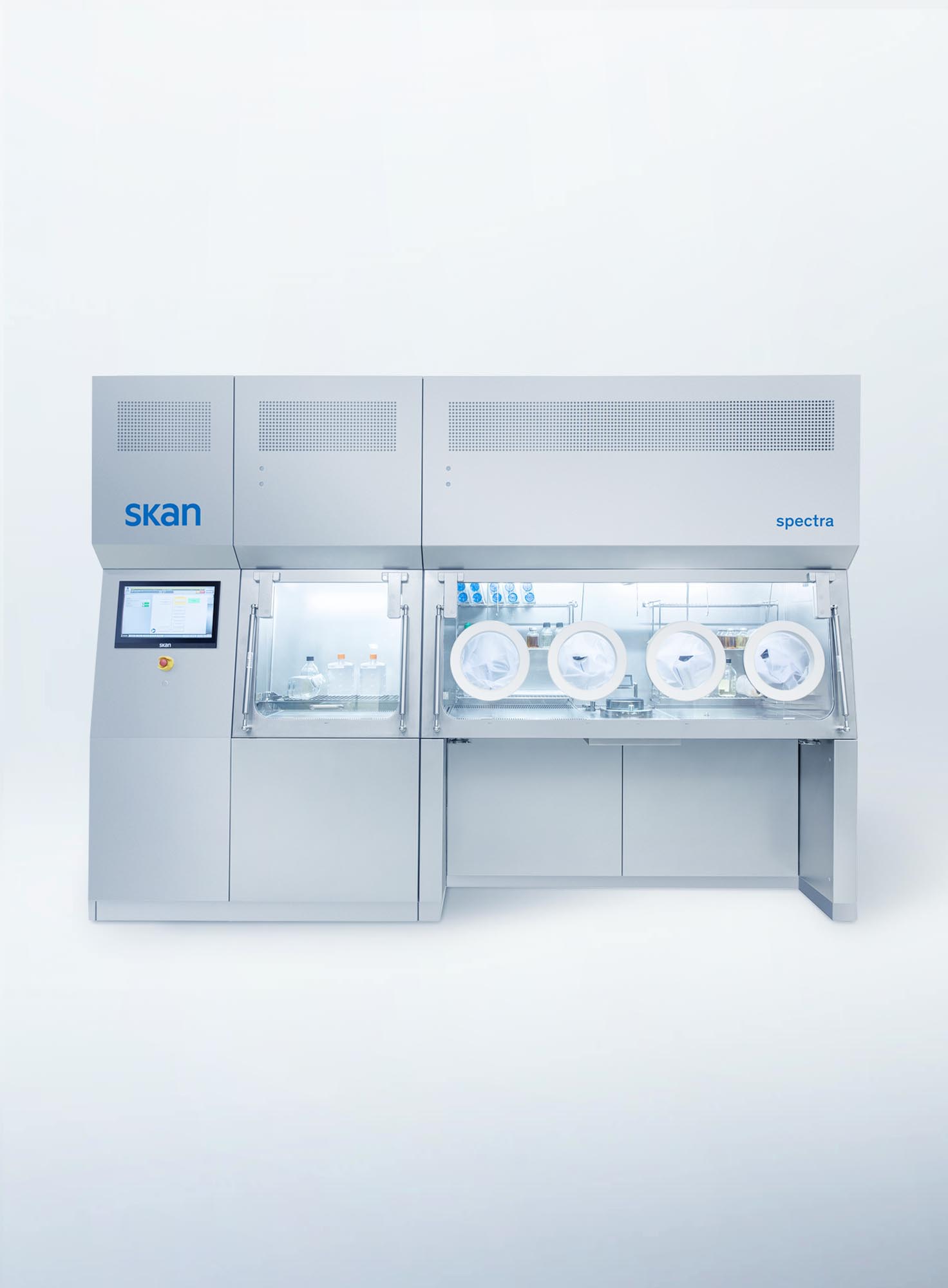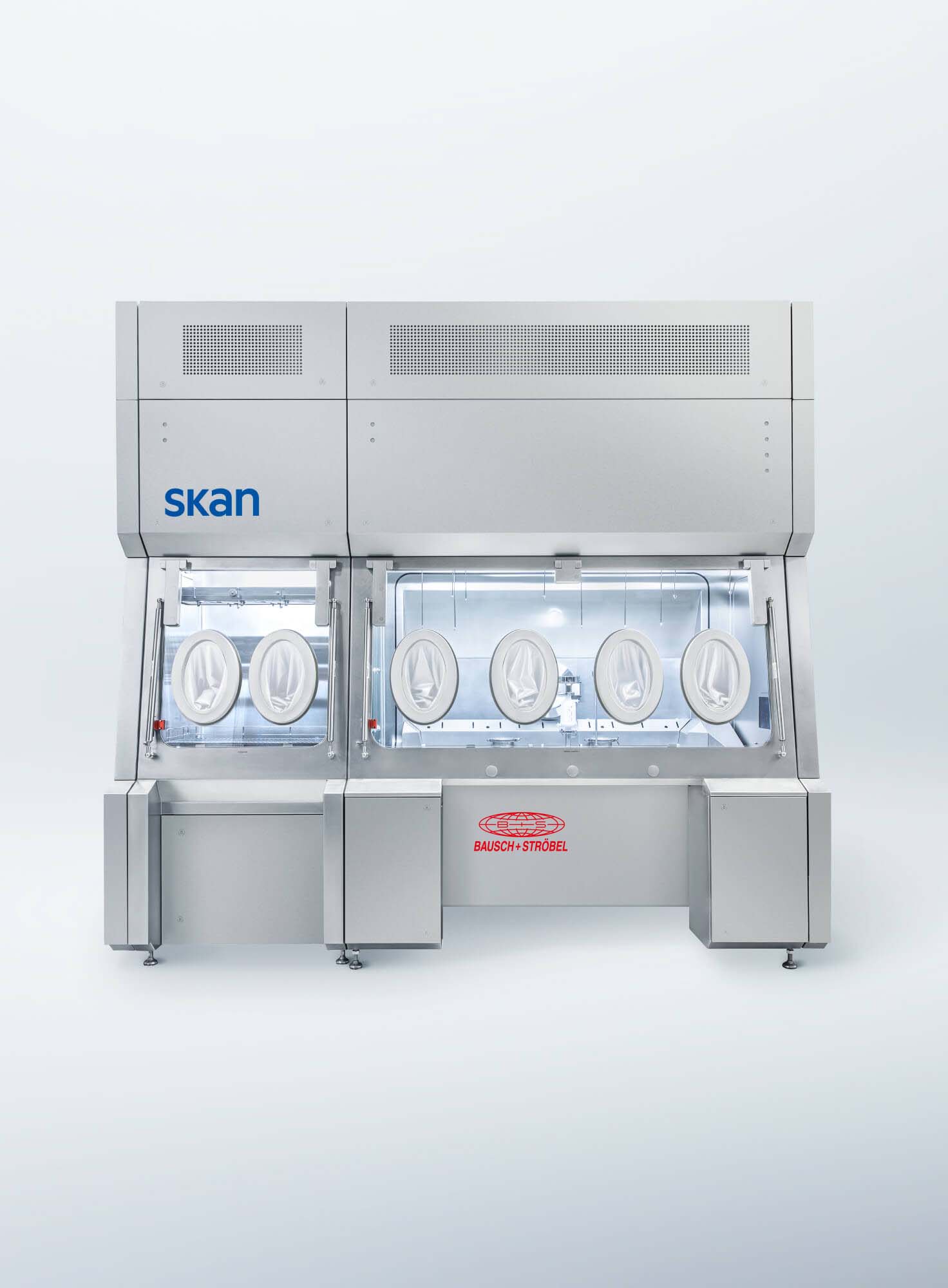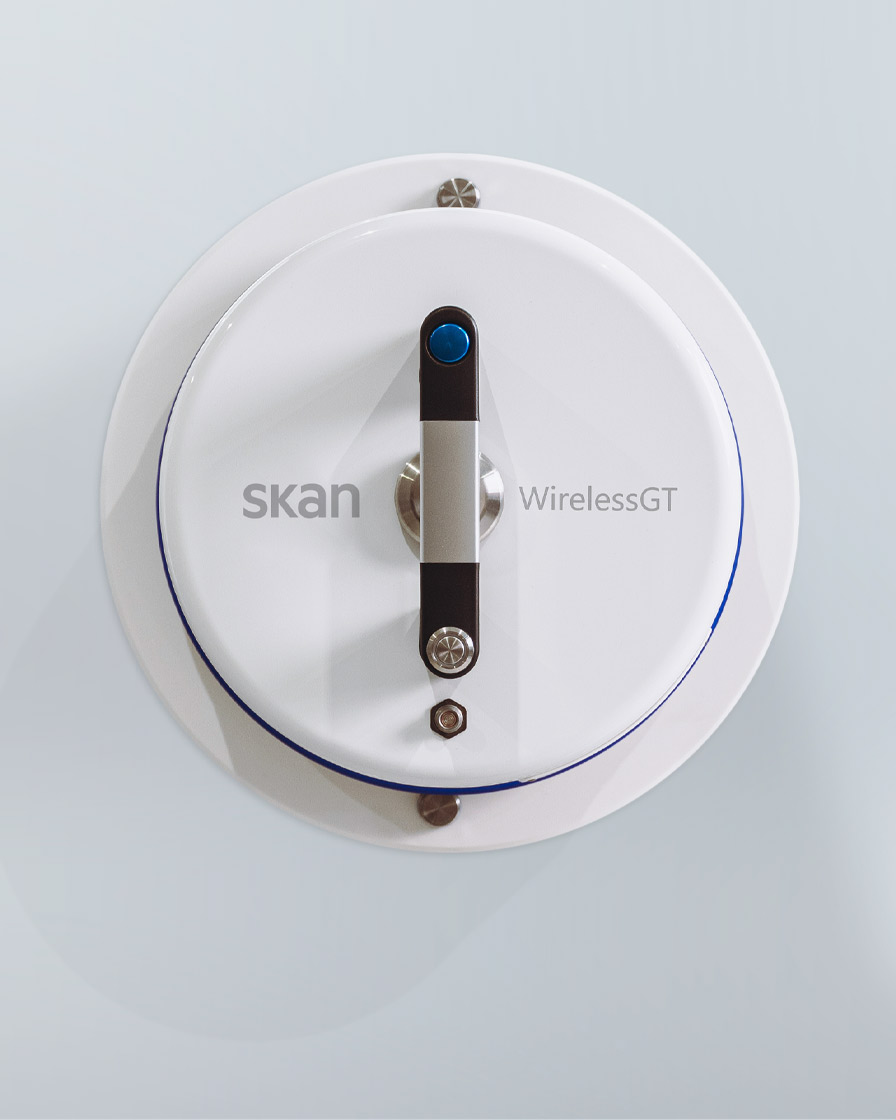A comprehensive hands-on workshop with balanced theory and practical sessions and a high-class networking opportunity plus the chance to get a glimpse inside the hallowed halls of SKANs new headquarters and assembly halls.
You get an update on isolators for sterility testing and get to know the results of recent studies on the validation of isolators. You have the opportunity to discuss your individual questions personally with experts. This course is part of the GMP Certification Programme ECA Certified Sterile Production Manager
Why should you attend this event?
You get an update on isolators for aseptic manufacture and for sterility testing. You get to know the results of recent studies on the validation of insulators. You have the opportunity to discuss your individual questions personally with experts. You can translate the theory directly into practice during 3 workshops at the manufacturing site of SKAN in Allschwil. Each participant takes part in all 3 workshops. The workshops are held at the plant of SKAN AG, partly including operational isolators. This brings the participants as close to daily practice as possible.
You will take part in all workshops!
The workshops will take place at SKAN AG in Allschwil. After the workshops at appr. 4.15 p.m., a bus shuttle service will bring the participants to the airport (appr. 4.35 p.m.), the German train station (appr. 4.50 p.m.), the Swiss train station (appr. 5.15 p.m.) or the hotel.








